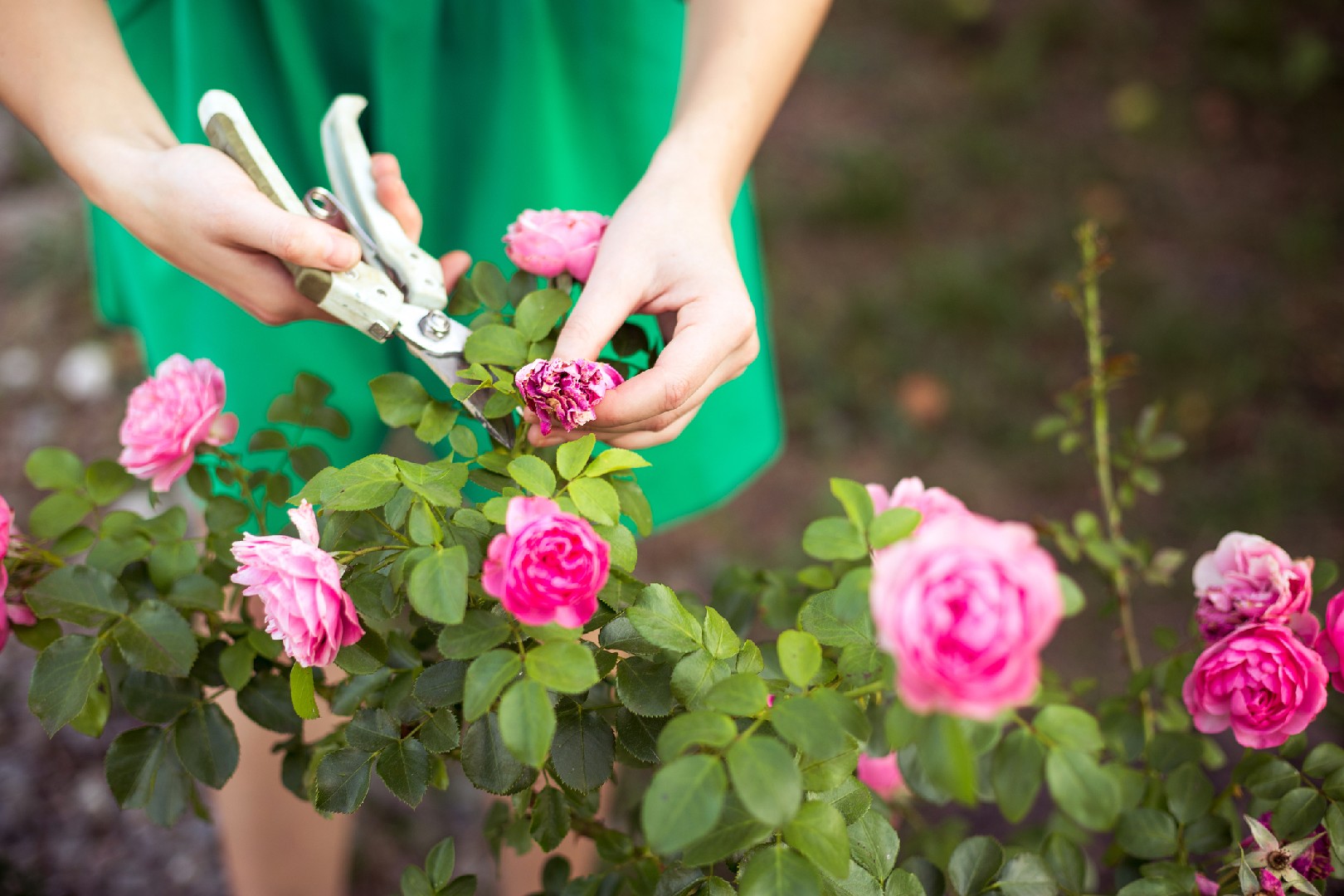![Rectangle]()
Challenges in Rose Pruning and How to Overcome Them
Pruning roses is an essential task for maintaining the health, appearance, and blooming capabilities of these beautiful plants. However, it can be challenging for even experienced gardeners. In this section, we will discuss some common mistakes in rose pruning and provide guidance on how to overcome them.
One of the most common mistakes people make while pruning rose plants is over-pruning. It's important to remember that roses have different pruning requirements depending on their type and age. Over-pruning can lead to weak growth, reduced blooming, and even damage to the plant. To avoid this, it's crucial to research and understand the specific pruning needs of the rose variety you have in your garden.
Another mistake that gardeners often make is erratic cutting. This refers to cutting the branches or canes at different heights, resulting in an uneven and unattractive shape. To ensure a balanced and aesthetically pleasing appearance, it's essential to make clean, precise cuts at the appropriate angle. Using sharp, sterilized pruning tools is crucial to prevent the spread of diseases and ensure healthy regrowth.
Handling overgrowth within rose plants can also be a challenge. Sometimes, rose plants can become crowded with an excessive number of branches and canes, leading to poor air circulation and increased susceptibility to diseases. To address this issue, regular thinning of branches is necessary. It involves selectively removing older, weaker, or crossing branches to encourage healthy growth and better air circulation. This practice not only enhances the overall appearance of the plant but also improves its ability to resist diseases.
Pruning old or mature rose plants can be particularly challenging due to their size and shape. These plants often have dense, tangled canopies, making it difficult to identify and remove dead or diseased branches. To overcome this challenge, it's important to take your time and systematically work through the plant. Start by removing any obvious dead or damaged wood, then proceed to thin out the canopy to improve air circulation. As you prune, step back periodically to assess the plant's shape and make any necessary adjustments.
In conclusion, pruning roses effectively requires knowledge, skill, and patience. By avoiding common mistakes like over-pruning and erratic cutting, being proactive in addressing overgrowth, and taking a systematic approach to pruning old or mature plants, you can ensure the health, vitality, and abundant blooming of your rose garden. Remember to research and understand the specific pruning requirements of your rose varieties and always use clean, sharp, and sterilized tools. Happy pruning!





